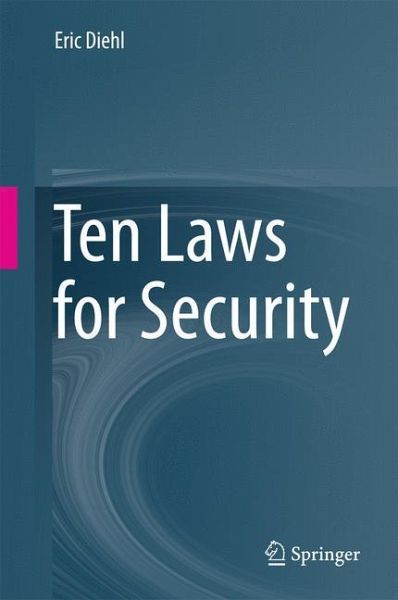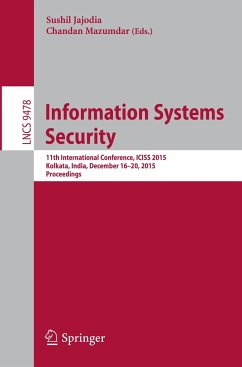
Ten Laws for Security
Versandkostenfrei!
Versandfertig in 6-10 Tagen
53,99 €
inkl. MwSt.
Weitere Ausgaben:

PAYBACK Punkte
27 °P sammeln!
In this book the author presents ten key laws governing information security. He addresses topics such as attacks, vulnerabilities, threats, designing security, identifying key IP assets, authentication, and social engineering. The informal style draws on his experience in the area of video protection and DRM, while the text is supplemented with introductions to the core formal technical ideas. It will be of interest to professionals and researchers engaged with information security.












